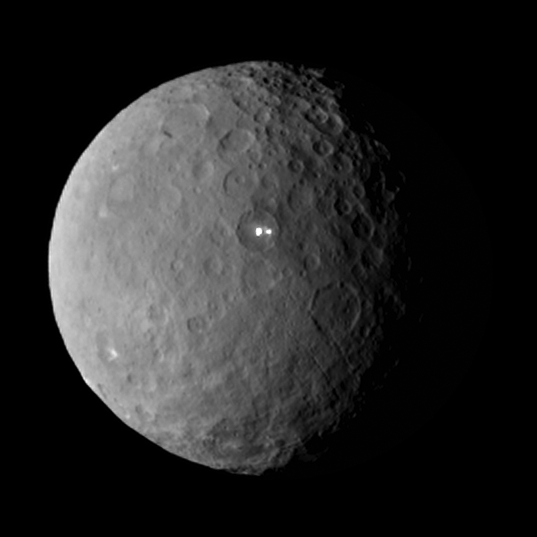
via The Planetary Society

Stream of Consciousness, River of Doubt, Sea of Tranqility

via The Planetary Society


Galaxies can take many shapes and be oriented any way relative to us in the sky. This can make it hard to figure out their actual morphology, as a galaxy can look very different from different viewpoints. A special case is when we are lucky enough to observe a spiral galaxy directly from its edge, providing us with a spectacular view like the one seen in this picture of the week.
This is NGC 7814, also known as the “Little Sombrero.” Its larger namesake, the Sombrero Galaxy, is another stunning example of an edge-on galaxy — in fact, the “Little Sombrero” is about the same size as its bright namesake at about 60,000 light-years across, but as it lies farther away, and so appears smaller in the sky.
NGC 7814 has a bright central bulge and a bright halo of glowing gas extending outwards into space. The dusty spiral arms appear as dark streaks. They consist of dusty material that absorbs and blocks light from the galactic center behind it. The field of view of this NASA/ESA Hubble Space Telescope image would be very impressive even without NGC 7814 in front; nearly all the objects seen in this image are galaxies as well.
NASA image of the day